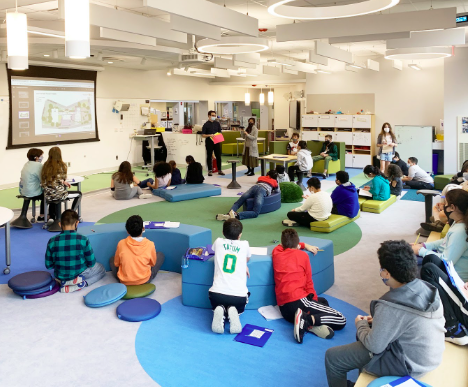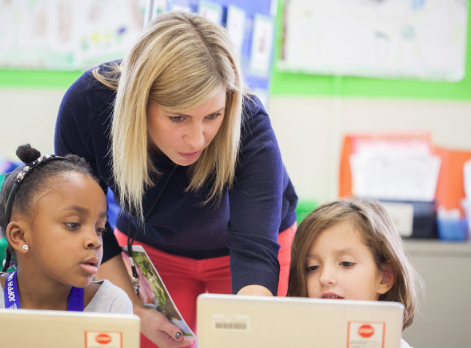Article:
The global pandemic left a lasting impact on education, reshaping how teachers approach instruction and how students engage with learning. In 2025, schools are continuing to rebuild, adapt, and innovate. Personalized learning has emerged as a critical strategy for addressing the academic and emotional needs of students in the post-pandemic classroom. By focusing on individual strengths and challenges, it offers a flexible, supportive path toward recovery and progress.
Addressing Learning Gaps with Personalized Support
One of the key challenges after the pandemic was addressing learning interruptions and disparities. Personalized learning helps bridge these gaps by allowing students to work at their own pace and receive targeted support. Through diagnostic assessments and ongoing feedback, educators can identify where students are and provide resources tailored to their specific needs.
Reengaging Students Through Choice and Voice
Many students returned to school feeling disconnected or uncertain. Personalized learning promotes engagement by giving learners more voice in how they learn and demonstrate understanding. Whether through project-based learning, choice boards, or interest-driven topics, students feel more motivated when learning aligns with their preferences.
Supporting Social-Emotional Recovery
The post-pandemic classroom places a greater emphasis on mental health and well-being. Personalized learning supports social-emotional development by creating safe, inclusive spaces where students can set personal goals, reflect on their growth, and receive individualized encouragement. These practices foster confidence, resilience, and a sense of belonging.
Blending Technology with Human Connection
During the pandemic, technology became a lifeline for learning. In 2025, it continues to support personalized education through learning platforms, real-time progress tracking, and multimedia resources. However, the human connection is just as important. Personalized learning balances digital tools with strong teacher-student relationships, ensuring that every learner feels supported.
Flexible Learning Pathways
Personalized learning allows for flexible scheduling and pacing—benefits that are especially important in the post-pandemic era. Students who need more time to process information or who face external challenges can move at a pace that respects their circumstances. At the same time, students ready for advanced work can move ahead and stay challenged.
Building a More Inclusive and Adaptive System
The pandemic highlighted the need for systems that can respond to diverse learner needs. Personalized learning provides the structure to do just that. By valuing each student’s journey and removing one-size-fits-all barriers, schools are creating more inclusive, equitable environments.
Conclusion
In the post-pandemic classroom of 2025, personalized learning is not just a trend—it’s a transformative approach to meeting the evolving needs of students. By combining flexibility, empathy, and academic rigor, educators are helping learners reconnect, grow, and thrive in a world that continues to change. Personalized learning offers a path forward where every student is supported, engaged, and empowered.














